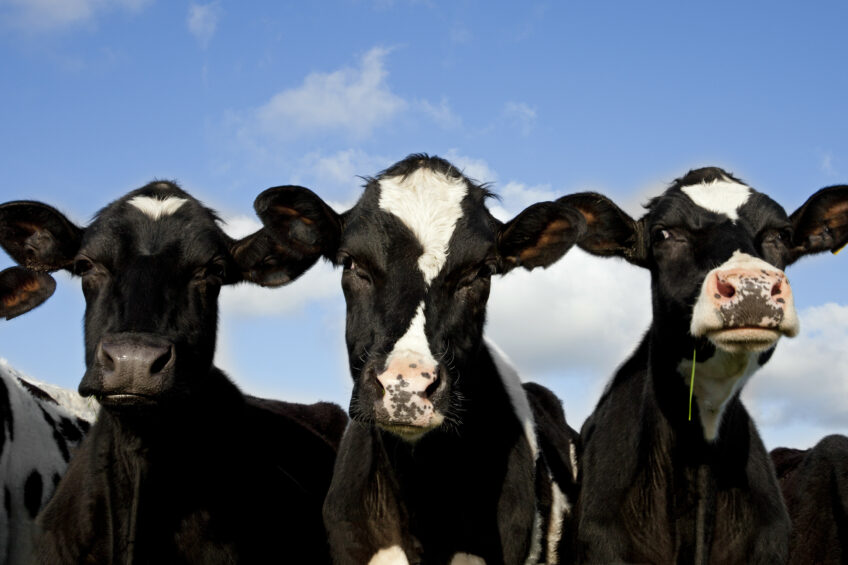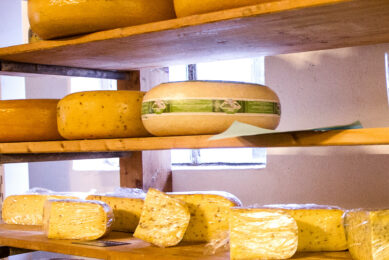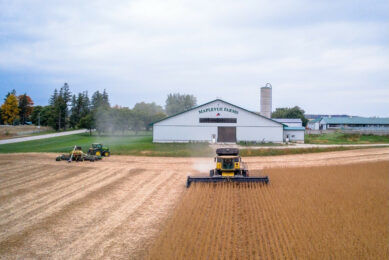Breeding cows with superior immune response

Selection of breeding cattle based on degree of immune response is transforming the global dairy industry. It can lead to healthier cows. Dairy Global delved into the so-called High Immune Response technology.
Thanks to research pioneered in Canada, identification of dairy cattle with higher immune response (as in: cattle less likely to suffer disease to the extent other cows do, or not at all), is now a reality. High Immune Response (HIR) technology is a testing method patented in the United States and Canada that enables cattle with inherently superior immunity and enhanced disease resistance to be reliably identified. When such animals are challenged by a bacteria or virus and don’t show signs of illness, or because of their immune response genetics, they get over an infection quickly compared to others, hence considered to be naturally healthier. They individually require less attention and intervention, and at the herd level, the overall potential risk of antibiotic use is reduced.

Less diseases, high production
The HIR testing procedure was initially developed using standard immunology measures to evaluate overall immune response. The end result is the determination of an ‘estimated breeding value’ that is ‘high,’ ‘average’ or ‘low’ for immune response, and with this determination, animals can be selected (or not selected) for future breeding activities. HIR technology was invented in the 1990’s by Dr Bonnie Mallard, Dr Bruce Wilkie and Dr Brian Kennedy at the University of Guelph in Guelph, Ontario, Canada. It was first tested and applied in pigs, and then later applied to dairy cattle with contributions from Dr Lauraine Wagter-Lesperance (University of Guelph, in the Department of Pathobiology at the Ontario Veterinary College), and Dr Jack Dekkers (Iowa State University, previously at University of Guelph). Now the process of being applied to beef cattle is just starting, currently being validated in pigs and may be applied to sheep and horses in future. HIR team members have done an estimate of cost savings relating to overall disease management that HIR can provide to dairy producers, factoring in the most economically important diseases such as mastitis, metritis and retained placenta. Their conservative estimate of savings is US$ 125 per year for an HIR animal cow compared to an average immune responder. However, “as the HIR test needs only to be done once in an animal’s lifetime, the cost savings are multiplied by the number of years the animal is in the herd,” Wagter-Lesperance explains. “In addition, animals with superior genetics for immune response are also likely to be productive members of the herd for a longer period.” It has also been confirmed that HIR cows are able to provide a proportional concentration of a specific antibody to their calves through colostrum to protect against disease.

How HIR works
HIR testing involves 2 evaluations:
- for antibody-mediated immune response (AMIR) and
- for cell-mediated immune response (CMIR).
AMIR, a measure of antigen-specific antibody in the blood, is critical in terms of an animal’s ability to control pathogens such as bacteria that attack from outside the animal’s cells. CMIR, measured through skin fold thickness change after intradermal injection of an antigen, relates to an animal’s ability to control pathogens that do their damage once inside an animal cell, such as viruses. After it was well established for dairy cows and heifers, the HIR testing procedure was further validated in sires. As with cows and heifers, it was found that sires have variation in both AMIR and CMIR, and this convinced Semex, a major international cattle breeding company (located in Guelph, Ontario) to negotiate an exclusive license with the University of Guelph in 2012 to test bulls in North America for HIR. Semex now selects the top 10% of HIR-tested bulls and markets their semen under the brand name ‘Immunity+’ in 120 countries around the world.
While HIR testing is not yet commercially available for female cattle except for research purposes, it is expected in the not-too-distant future. To get there, the team is currently phenotyping (doing immune response testing) and genotyping (evaluating differences in DNA base pairs) Canadian herds that meet certain criteria. The study is called the ‘5000 Cow Project.’ Once all the data is amassed, the team will nail down which of the 50,000 pertinent markers are involved with immune response, and these will therefore be included in an HIR genomic test for dairy cattle.
The 5000 Cow Project
Another current study involves using HIR technology to assess hoof health. “We want to see if cattle with HIR have lower incidence of hoof lesions compared to average and low immune responders,” explains Shannon Cartwright, HIR research assistant and industry liaison. “This would provide an alternative strategy for improving hoof health, but we already have results from a study about to be published in the Journal of Dairy Science confirming that HIR cows are at lower risk of digital dermatitis, a major health concern of both dairy and beef cattle.”
The team is also further evaluating proteins such as natural antibodies and other factors in cows’ colostrum that may impact calf health. “Analysis of these factors has not previously been looked at in light of high, average and low adaptive immune response,” notes Wagter-Lesperance. As the ‘5000 Cow Project’ proceeds, HIR technology in the short term is enabling more and more Canadian producers to be better informed about their animals, particularly which ones need more attention in terms of their health. More efficient and effective management of a growing number of Canadian dairy herds will follow, through housing modifications, vaccination, culling, breeding and so on, leading to improved overall reduction in disease and reduced need for antibiotic use. “Long term, we will achieve improved animal health on a regional, provincial, national and global level, reduce risk of antimicrobial resistance and develop a Canadian cohort of animals with superior immune response genetics, animals with a much stronger ability to fight newly-emerging or re-emerging diseases,” says Wagter-Lesperance. “These are goals that would have sounded unrealistic 20 years ago, but are now being both set and realised.” Also in the long term, she says Canada will be reputed as the country where this important management and breeding tool was developed, and for the place where identifying sires with superior immune response genetics started, resulting in breeding to improve the health of dairy cattle around the world.










